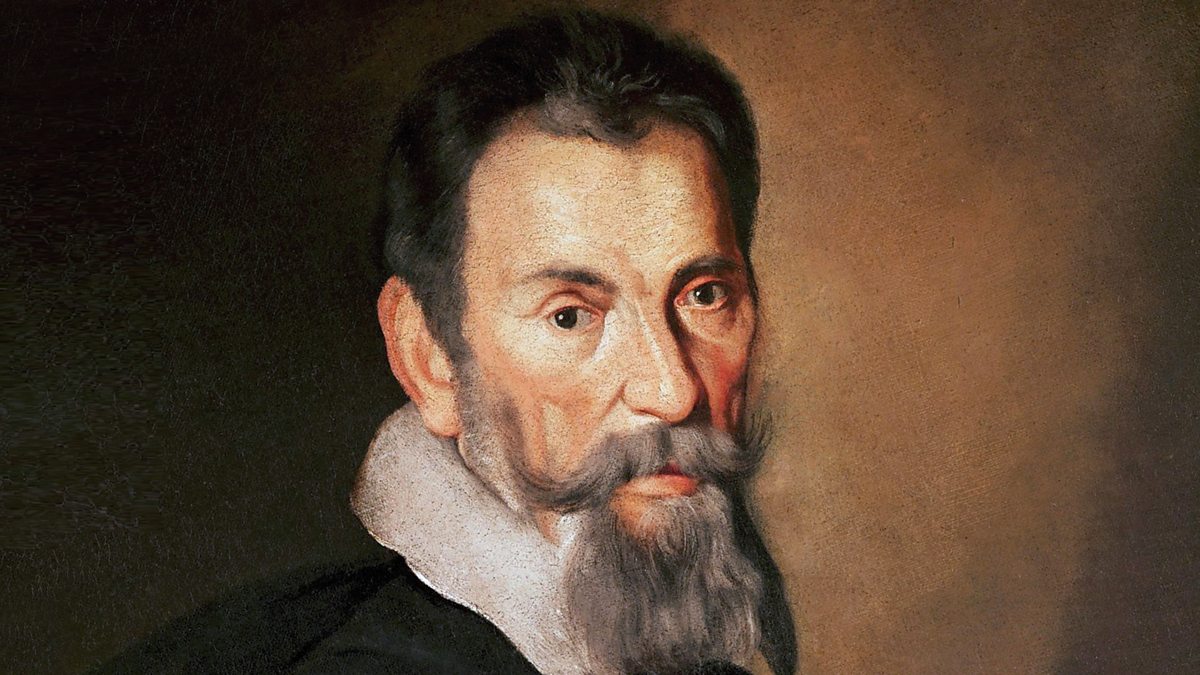In the realm of classical music, there are few figures as influential and revolutionary as Claudio Monteverdi. Born in 1567 in Cremona, Italy, Monteverdi’s artistic prowess and innovative compositions transformed the landscape of music during the transition from the Renaissance to the Baroque era. This blog post delves into the captivating biography of Claudio Monteverdi, exploring his life, accomplishments, and lasting legacy.
Early Life and Musical Education:
Claudio Monteverdi was born into a musical family, and his father recognized his exceptional talent at an early age. Under the guidance of his father and a strong musical community in Cremona, Monteverdi honed his skills as a composer and performer. He received an education in music, literature, and humanities, which laid the foundation for his future achievements.
Madrigals and the Birth of a Musical Genius:
Monteverdi’s career took off when he began composing madrigals, a popular form of secular vocal music during the late Renaissance. His first book of madrigals, published in 1587, showcased his extraordinary ability to express emotions through music. Monteverdi’s unique style combined expressive harmonies, vivid word painting, and daring chromaticism, setting him apart from his contemporaries.
Innovations in Opera:
One of Monteverdi’s most significant contributions to music was his pioneering work in opera. His opera “Orfeo,” composed in 1607, marked a turning point in the history of the art form. With its rich orchestration, compelling storytelling, and fusion of music and drama, “Orfeo” laid the foundation for the development of opera as we know it today. Monteverdi continued to push boundaries in his later operas, including “L’incoronazione di Poppea” and “Il ritorno d’Ulisse in patria,” solidifying his position as a master of the genre.
Sacred Music and Innovations in Church Music:
Monteverdi’s genius extended beyond secular music. His sacred compositions, particularly his collection of religious works known as the “Selva morale e spirituale,” showcased his mastery of polyphony and his ability to evoke deep spirituality through music. These compositions demonstrated Monteverdi’s willingness to break from traditional conventions, employing bold harmonies and instrumental colors to convey religious themes with unprecedented intensity.
Legacy and Influence:
Claudio Monteverdi’s daring musical innovations and expressive style not only transformed the course of music in his own time but also laid the groundwork for future generations of composers. His works served as a bridge between the Renaissance and the Baroque era, heralding a new age of musical expression. Monteverdi’s emphasis on the marriage of text and music, his exploration of the human voice, and his pioneering use of harmony and instrumental color continue to inspire musicians and composers to this day.
Conclusion:
Claudio Monteverdi’s life and legacy represent a profound chapter in the history of music. His unwavering dedication to pushing artistic boundaries and his ability to infuse music with raw human emotion solidify his status as one of the greatest composers of all time. Whether through his madrigals, operas, or sacred music, Monteverdi’s compositions resonate with audiences, transcending time and capturing the essence of human experience. His contributions to music continue to reverberate, reminding us of the power of innovation and creativity in shaping the world of classical music.


Comments are closed